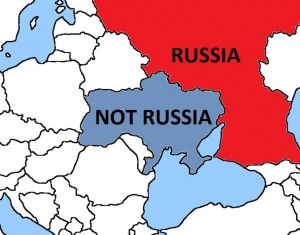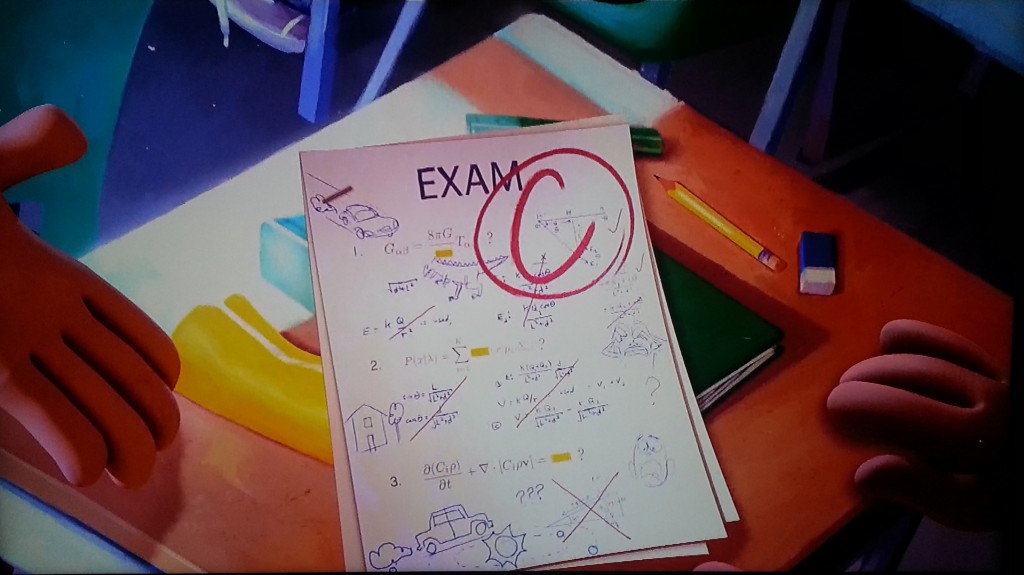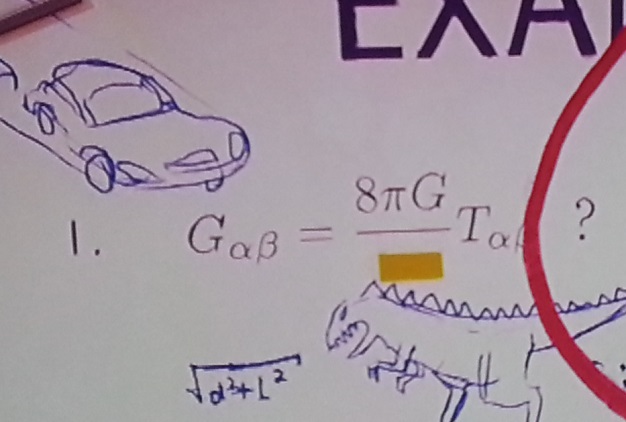I received an e-mail today that reminded me of an old friend, Gabor Laufer, and his misadventures in his capacity as a medical doctor with the American system of medical insurance.
Gabor was our neighbor when I was a little boy, living next door to our apartment in Budapest, along with his mother. At that time, he was a medical student. He in fact removed one of my baby teeth when I was 7 or 8 or so, and then gave me the pair of dentist’s pliers that he used as a memento.
Not long thereafter, Gabor left Hungary, and eventually landed in the United States, where he began to practice as an obstetrician-gynecologist in the Washington, D.C. area. It was here that he had a disagreement with his insurance company, who opted to settle in a case that involved Gabor, despite Gabor’s objections. Gabor found it fundamentally unacceptable that the insurance company would pay a patient even though he made no medical errors. Unfortunately, his quixotic fight achieved only one thing: the insurance company dropped him, and other insurers were not willing to deal with him either. This made it very difficult for Gabor to continue his practice. This is how he ended up somewhere in Kentucky or Iowa I believe, where he was able to work again at a family clinic.
Gabor was immensely intelligent, and proud of it. In the early 1980s, he authored a computer game, the name of which says it all: Intellectual Decathlon. I had a few interesting discussions with Gabor, although, I admit, sometimes these were a little frustrating, as he had a tendency to conclude that if something was beyond his ability to understand, it could not possibly be right. (Explaining relativistic cosmology to someone who is not familiar with the math is a difficult task.)
I stayed in touch with Gabor intermittently over the years. In the late 1980s, after I moved to Canada, I was a frequent visitor to his computer BBS (long-distance dial-up to the Washington D.C. area at 2400 bps) called Elite Few. But then, the Internet led to the demise of most, if not all, dial-up BBSs, and the Elite Few BBS was no exception.
I once again got in touch with Gabor in the late 2000’s, and we exchanged several e-mails. We also became Facebook friends. The last e-mail I received from him, in 2011, was about an impending change of his e-mail address. I have not heard from him since, and his Facebook page also fell silent.
But now, as I Googled his name, I came across something else: an obituary of sorts, from one of his doctor friends. This is how I found out that Gabor was no longer among us. Perhaps I should not be surprised. Though he was far from old (only 65 when he passed away), he was a chain smoker. Still… it is really sad to learn, more than two years after his death, that he is no more. Gabor’s death was also commemorated on a news discussion site.
As I was going through old e-mails, I came across something else: Gabor’s photo albums on Flickr. It was here that I was able to locate a relatively recent picture of Gabor, made in 2009 I believe, when he was visiting Budapest.

Good-bye, Gabor. It was an honor, knowing you. May you rest in peace.













 Sanity prevailed in Scotland last night.
Sanity prevailed in Scotland last night.








